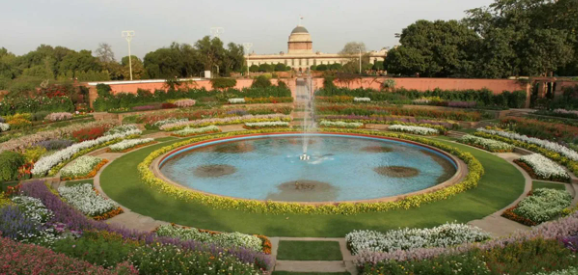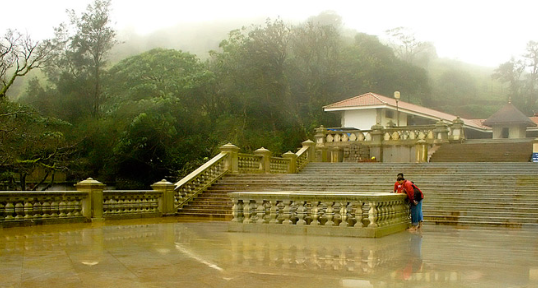Mughal gardens are a unique style of gardens that were created in India during the Mughal era. They are known for their symmetrical designs, water channels, fountains, and pavilions. These gardens were built by the Mughal emperors, who were inspired by the Persian gardens. The Mughal gardens are considered to be an important part of India’s cultural heritage and are a popular tourist attraction.
The Mughal gardens were built during the 16th and 17th centuries, during the reigns of Mughal emperors such as Babur, Akbar, Jahangir, and Shah Jahan. The gardens were built as a symbol of the Mughal Empire’s power and wealth. The Mughal emperors were known for their love of nature, and the gardens were a way for them to express their appreciation of natural beauty.
The Mughal gardens are characterized by their symmetrical designs, which are based on the Persian Charbagh layout. The garden is divided into four parts, with water channels running through each section. The channels are lined with fountains, which provide a soothing sound and help to cool the air. The water channels also help to irrigate the garden and provide a source of water for the plants.
The Mughal gardens are also known for their pavilions, which are small structures that provide shade and a place to rest. The pavilions are often decorated with intricate carvings and designs, which add to the beauty of the garden. The pavilions are also a testament to the Mughal Empire’s architectural skills, which are reflected in the intricate designs and decorations.
One of the most famous Mughal gardens is the Shalimar Bagh in Srinagar, Kashmir. This garden was built by Emperor Jahangir in 1619 and is known for its beautiful fountains and pavilions. The garden is situated on the banks of Dal Lake and is surrounded by beautiful mountains. Another famous Mughal garden is the Nishat Bagh, also located in Srinagar. This garden was built in 1633 by Asif Khan, the brother-in-law of Emperor Jahangir. The garden is known for its beautiful terraces, fountains, and pavilions.
The Humayun’s Tomb in Delhi is another famous Mughal garden. This garden was built in the 16th century by Emperor Akbar and is known for its beautiful design and architecture. The garden is situated around the tomb of Emperor Humayun and is considered to be a masterpiece of Mughal architecture.
The Mughal gardens are not only beautiful but also serve as an important part of India’s cultural heritage. They are a symbol of the Mughal Empire’s power and wealth and reflect the empire’s love of nature. The gardens are also a testament to the Mughal Empire’s architectural skills, which are reflected in the intricate designs and decorations.
In conclusion, the Mughal gardens are a unique style of gardens that were built in India during the Mughal era. They are known for their symmetrical designs, water channels, fountains, and pavilions. The gardens are a symbol of the Mughal Empire’s power and wealth and are an important part of India’s cultural heritage. They are also a testament to the Mughal Empire’s architectural skills, which are reflected in the intricate designs and decorations. A visit to a Mughal garden is a must for anyone interested in India’s history and culture.










